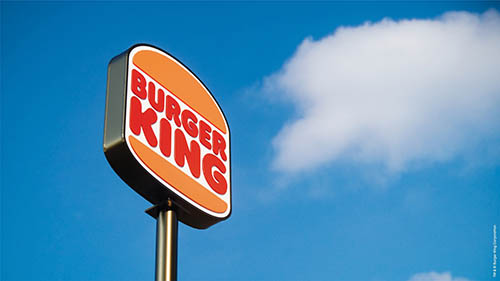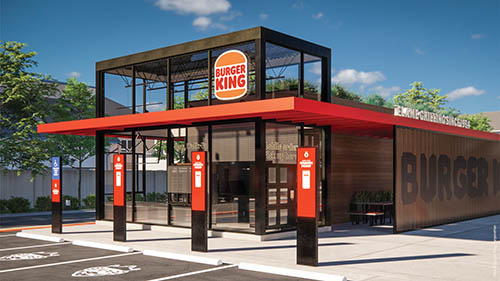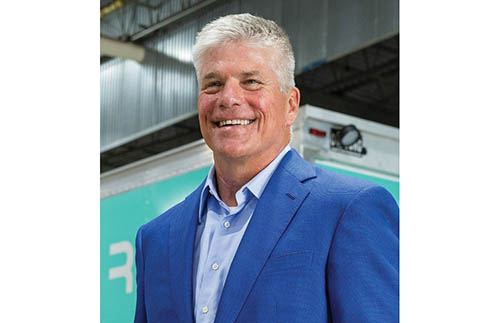— By Jeff Kiesel —
Serving up fresh, automated oil solutions to replace stale, deep-fried thinking.
Oil management has historically been a struggle for restaurants and commercial kitchens. While oil plays a crucial role in food preparation, traditional oil handling can result in unsafe and dirty kitchens, frustrated staff, lower food quality and unnecessary waste. Now, new automated cooking oil management tools are allowing restaurants to embrace digital transformation and provide improved control of kitchen chaos.
For those who get JIBs (joint interest billing) of oil delivered and grease removal or recycling from multiple companies, it’s time to overhaul these outdated practices and discover how modernizing through automation and data can benefit all business areas.
Addressing a Royal Pain
Trinity Corp., which runs seven Burger King locations across southeastern Kentucky, recently switched from manual to automated oil management at most of its restaurants. Trinity was interested in seeing if automation and data insights could benefit the franchise locations. Making the move didn’t just improve operations — it was a boon for the bottom line, food quality and workplace safety.

Burger King is associated with burgers cooked over a real flame. However, to prepare menu items like fries, onion rings and crispy chicken patties, the restaurant chain uses a custom blend of cooking oil. To deliver food with the taste and quality that customers expect, proper management of this oil is essential, including filtering and disposing of it according to standard operating procedures (SOPs). Until recently, Trinity Corp. struggled to know if restaurant employees were properly managing cooking oil.
Mike Dole, director of operations for Trinity Corp., needed better oversight of fryer oil handling to optimize use and cost. With automated oil management, he can track how much oil is available and used, and remotely monitor real-time oil usage and filtration at each restaurant to determine if employees follow SOPs.
“The only way I knew if oil was being correctly filtered and changed out was by visiting one of our restaurants to see the fryers in person,” says Dole. “But routinely visiting restaurants just wasn’t practical given how many restaurants we have and because some of them are hours apart.”
Even when employees followed procedures, there was no guarantee that each restaurant was optimizing cooking oil usage. That’s because oil changeouts were dictated using a schedule rather than the quality or frequency of usage of the oil. For example, to maintain fresh oil in an unusually busy week requires used oil to be replaced more often. But, for a slower week, oil can be replaced less frequently.
Remote Access to Data Offer Visibility
Unlocking data has become necessary for business innovation, equipping employees with the knowledge to make decisions anchored in factual evidence. The problem restaurant owners face is how to collect that data, and as well as how to read it in a manner that distinguishes relevant details from irrelevant clutter. The web-based monitoring platform Trinity chose to use is designed specifically for restaurants, and tracks oil usage and filtration to provide real-time data insights.
The automated oil handling system delivers, stores, filters, monitors and disposes of oil used in restaurant fryers, capturing all related data in the SaaS-based portal that Dole and other restaurant managers can access from anywhere. The data collected helps teams recognize when oil handling deviates from a standard schedule and can even prompt alerts to restaurant employees and operators.
It also tells the vendor when the restaurant requires delivery and disposal so fresh oil is always available.
Lightening the Employee Load
For Dole, automated oil management has taken a literal load off employees’ hands and reduced potential exposure to hot oil. Having remote visibility into what’s happening with its fryers has also allowed Dole to understand when employees are following procedures or deviating from them. This has opened up opportunities for training, allowing Dole to provide incentives for managers who apply best practices for managing oil usage and cost.
“Getting notifications for issues like oil over usage and being able to review how long employees filter the oil in the fryers helps us pinpoint where we can provide more training and development,” Dole says.
Creating Safer, Satisfied Teams
In many restaurants, employees still drain hot, used oil from fryers into large buckets and drag the heavy buckets outside to dispose of oil in grease pits. This work can lead to still-scalding hot oil spilling and splashing onto employees or the restaurant floor, creating burns or slip-and-fall hazards in busy kitchens.

Dole empathized with employees who did this work, having done it himself in his first restaurant job more than 30 year ago. “I still have scars on my hands from the burns that I got handling used oil,” he says. “But for decades, that’s just been the standard practice. I didn’t want that for my teams.”
Oil and grease burns are some of the most common restaurant injuries and are often the most severe. On top of the employee safety aspect, workplace injuries can be a monetary drain for restaurants. However, automating this dangerous task can alleviate all these issues, allowing employees to focus on improving customer service, cleanliness and food quality.
When oil handling is automated and teams have visibility into usage data, it can be replaced precisely when needed. There’s no more guesswork or replacing oil too early (which costs more) or too late (which can impact food quality and customer satisfaction). Dole equates the high quality and consistency of the food served in his restaurants as another reason for his success. Trinity Corp.’s restaurants average about 25% more guests per day than the typical Burger King — a statistic that hasn’t gone unnoticed at the corporate level.
“At all of our Burger King restaurants, we pride ourselves on delivering a good customer experience,” Dole says. “A lot goes into that, from having good employees who provide exceptional customer service, to serving consistently good food. There’s no question that these automated systems have helped us improve the quality of our food, and that’s helped bring in both repeat guests and new guests to our restaurants.”
— Jeff Kiesel is president and CEO of Mendota Heights, Minn.-based Restaurant Technologies, a leader in the foodservice industry, proudly serving more than 40,000+ quick-service and full-service restaurant chains, independent restaurants, grocery delis, hotels, casinos, convenience stores, universities and hospitals nationwide. For more information, visit www.rti-inc.com.

